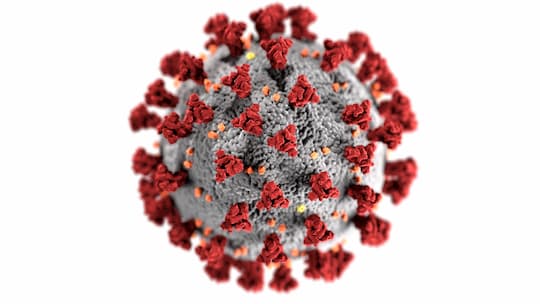The vitamin plays a double role in relation to the novel COVID-19 virus.
Vitamin D may help to reduce the risk of COVID-19.
Vitamin D plays two different roles; one in boosting the innate immune systems and the second in stopping the immune system from becoming abnormally active, a study suggest.
The innate immune systems are immediate and nonspecific defence responses that our body produces to fight against any pathogen, such as the coronavirus.
The worldwide data from the coronavirus pandemic shows a strong relationship between death rates and vitamin D deficiency.
Researchers analysed data from different hospitals across the U.S, France, Iran, Italy, China, Germany, Spain, South Korea, Switzerland, and the UK.
They found that COVID-19 patients in countries like Spain, the UK, and Italy with highest numbers of death were vitamin D deficient in contrast to countries with lower death rates.
However, people should be cautious about taking vitamin D supplements if they don’t know if they are deficient.
Professor Vadim Backman, the study’s lead author, said:
“While I think it is important for people to know that vitamin D deficiency might play a role in mortality, we don’t need to push vitamin D on everybody.
This needs further study, and I hope our work will stimulate interest in this area.
The data also may illuminate the mechanism of mortality, which, if proven, could lead to new therapeutic targets.”
Many consider that age distributions, healthcare quality, testing rates, and different strains of COVID-19 could be the reasons for the higher death rates in some countries.
But Professor Backman and his team were unconvinced:
“None of these factors appears to play a significant role.
The healthcare system in northern Italy is one of the best in the world.
Differences in mortality exist even if one looks across the same age group.
And, while the restrictions on testing do indeed vary, the disparities in mortality still exist even when we looked at countries or populations for which similar testing rates apply.
Instead, we saw a significant correlation with vitamin D deficiency.”
They found a strong link between cytokine storm and vitamin D levels.
Cytokine storm syndromes (CSS) is an overreaction of the immune system which can be deadly, as seen in COVID-19 patients.
They also noticed a link between vitamin D deficiency and fatality.
Dr Ali Daneshkhah, the study’s first author, said:
“Cytokine storm can severely damage lungs and lead to acute respiratory distress syndrome and death in patients.
This is what seems to kill a majority of COVID-19 patients, not the destruction of the lungs by the virus itself.
It is the complications from the misdirected fire from the immune system.”
Vitamin D not only increases the innate immune responses but also calms the immune system down.
This is why the correct amounts of vitamin D in patients could save them from death and also serious complications from COVID-19 disease.
Professor Backman said:
“Our analysis shows that it might be as high as cutting the mortality rate in half.
It will not prevent a patient from contracting the virus, but it may reduce complications and prevent death in those who are infected.”
This might explain why children are at lower risk as the adaptive immune system has not fully developed in them.
The adaptive or acquired immune systems are the second line of bodily defence which usually reacts too strongly.
Professor Backman said:
“Children primarily rely on their innate immune system.
This may explain why their mortality rate is lower.”
However, an effective dosage of vitamin D supplementation to support patients against possible complications from COVID-19 has not been established yet.
Professor Backman said:
“It is hard to say which dose is most beneficial for COVID-19.
However, it is clear that vitamin D deficiency is harmful, and it can be easily addressed with appropriate supplementation.
This might be another key to helping protect vulnerable populations, such as African-American and elderly patients, who have a prevalence of vitamin D deficiency.”
The study was published in the journal MEDRXIV (Daneshkhah et al., 2020).

